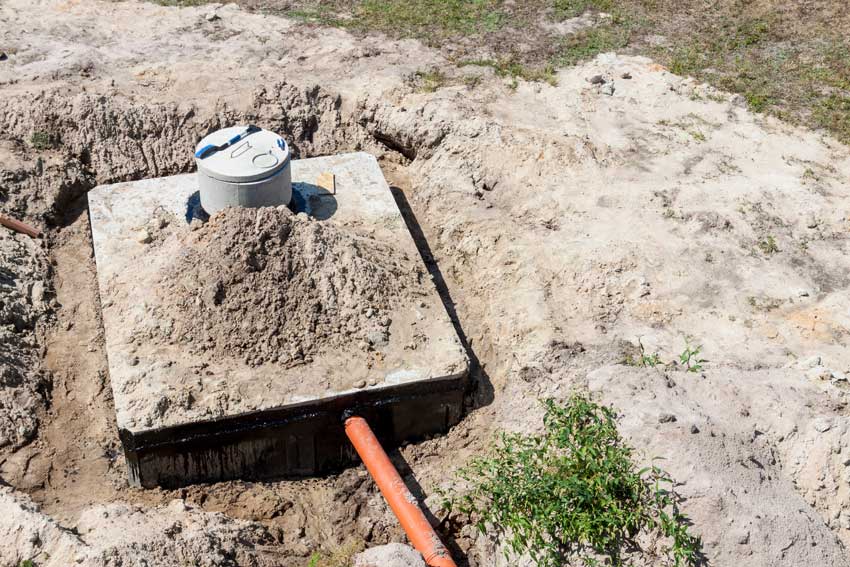
Congratulations! You’ve decided it’s time to join the more than 60 million people in the United States, according to the U.S. Environmental Protection Agency, whose homes are served by septic systems.
As with many if not most major changes to your property, septic systems are not one-size-fits-all. Proper consideration of how to go about this process before it begins can save issues as you go along.
Here are a few questions you should work out when deciding what septic system is right for you:
What type of septic system does my house need?
Most septic tanks are composed of one of three materials: concrete, plastic or fiberglass. Owing to their differences, they have different properties that each suit different situations better.
Concrete septic tanks are strong and durable. They also weigh more than other types of tanks, which makes their installation more labor-intensive and thus perhaps costlier. These also need to be inspected more frequently and rigorously, due to concrete’s propensity to crack.
Plastic septic tanks are both light, making their installation considerably easier than concrete, and less likely to crack due to the temperature than concrete. But they’re also less stout and durable than concrete tanks, and because they’re lighter, sometimes in high water tables, they may need help such as anchoring in order to avoid floating.
Fiberglass septic tanks are sort of a happy medium between concrete and plastic – more lightweight than the former, and more durable than the latter. They are also less likely to leak than either concrete or plastic. This means fiberglass is one of the longer-lasting options and is easier to maintain over the long haul, although it as a material is more expensive.
What size of septic tank does my house need?
Factors to consider here are how much water your household uses and local code, as well as how many bedrooms and bathrooms it has. This is important because it will right-size your system for the benefit of future residents of your home. Even if your water usage doesn’t dictate a need for a septic tank that can accommodate a three-bedroom home, if your home has three bedrooms and its next owner buys it for that reason, they will need a system to match.
Where should my septic tank be installed?
Consulting with professionals such as those at Little’s Septic is important here. Local regulations that may exist about the environment or proximity to bodies of water may come into play, as well as what types of soil are in various parts of your yard and how far potential sites are from the house.
All this, and more, can be addressed by Little’s Septic!

